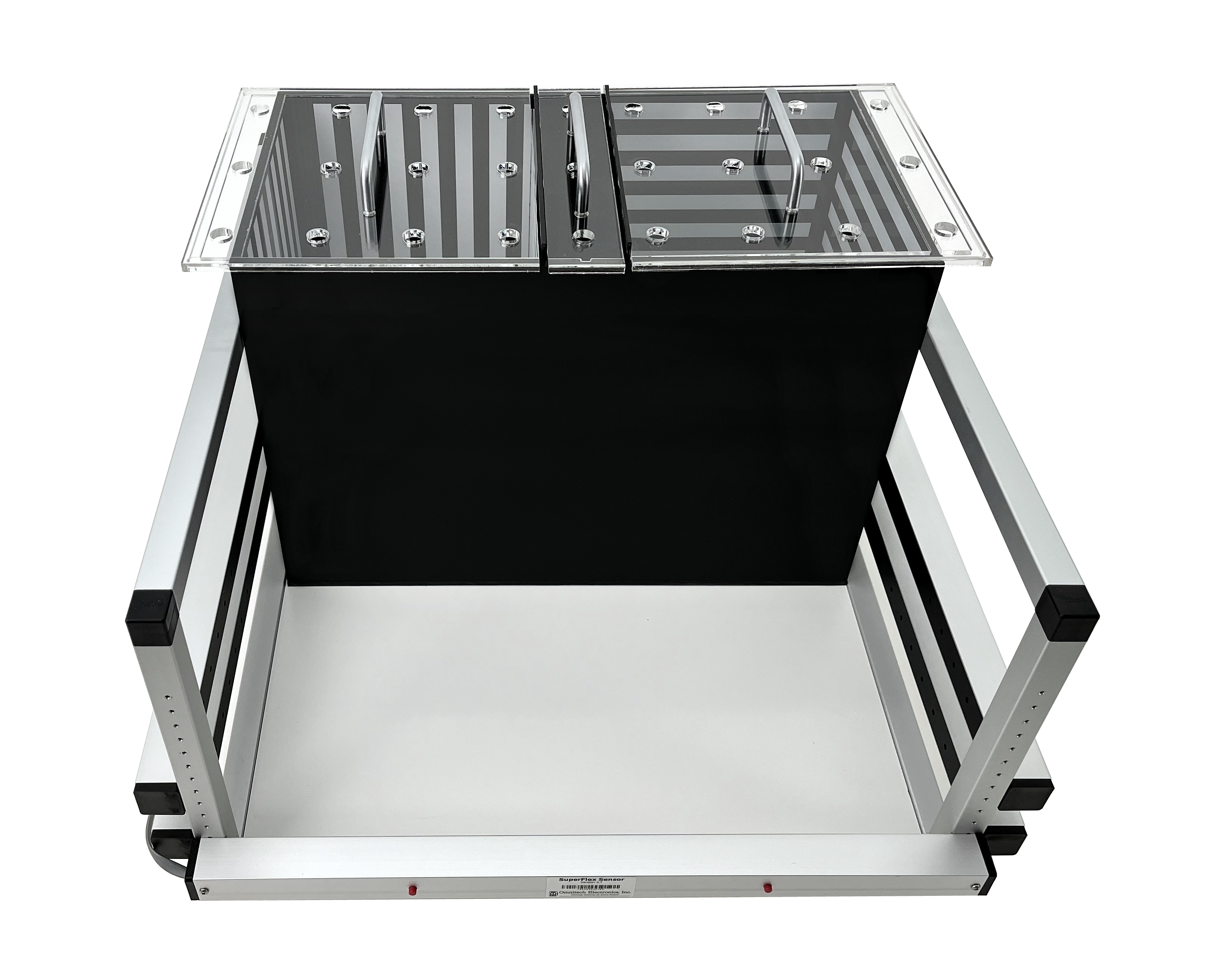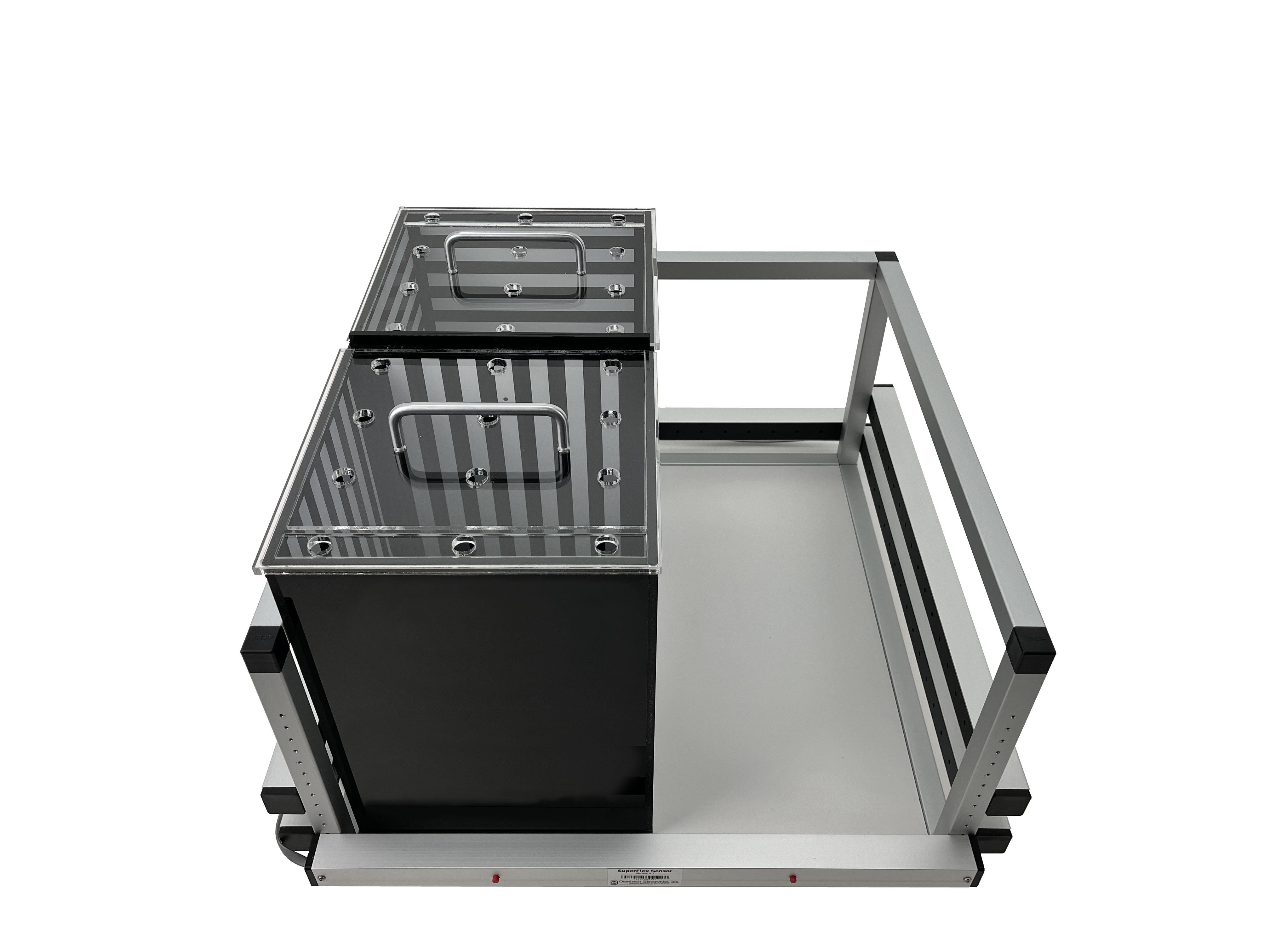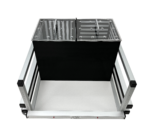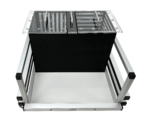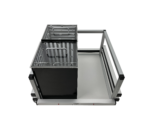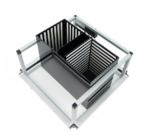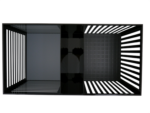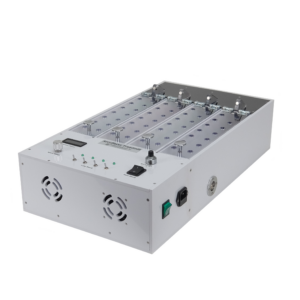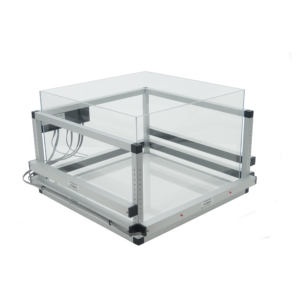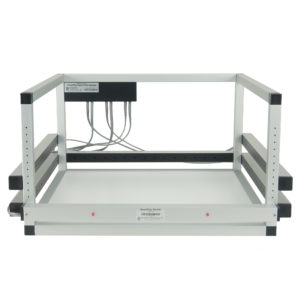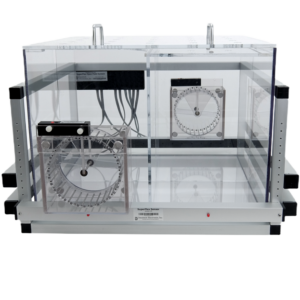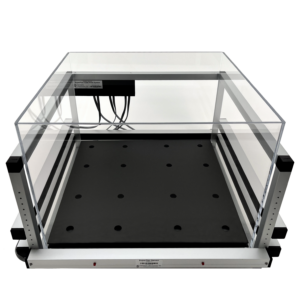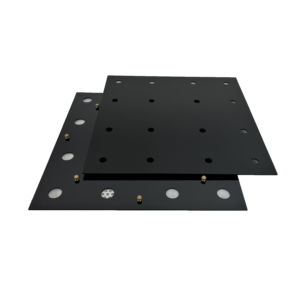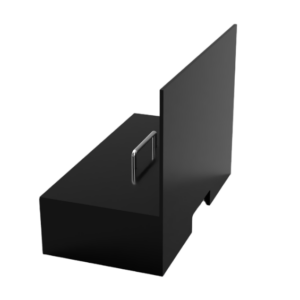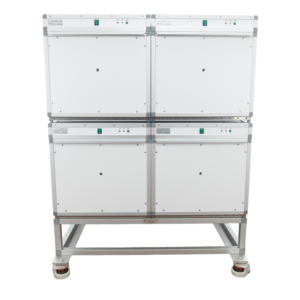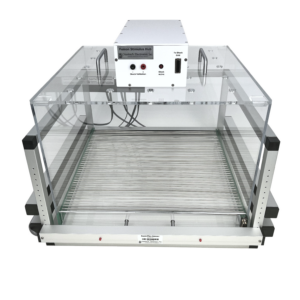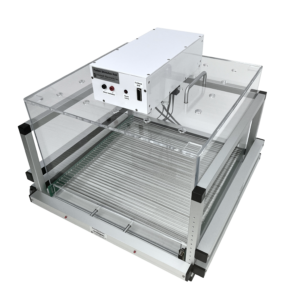Conditioned Place Preference
The Conditioned Place Preference (CPP) and Conditioned Place Aversion (CPA) systems are used to study animals’ preference or aversion to stimuli, such as drugs, through Pavlovian conditioning. The protocol consists of three phases: habituation, conditioning (associating the drug with a cue), and testing where the animal chooses between the drug-associated and neutral cues. If the drug induces preference, the animal spends more time near the drug cue, or less time if it induces aversion. Sensors track variables like locomotor activity, time spent, entries into compartments, and movement, providing detailed data on the animal’s response to the conditioning.
Overview
Conditioned Place Preference (CPP) and Conditioned Place Aversion (CPA) are widely used behavioral paradigms for assessing unbiased preference or aversion in rodents. These methods are grounded in Pavlovian conditioning and are commonly employed to evaluate the motivational effects of various stimuli—such as drugs of abuse including amphetamines, heroin, and other psychoactive substances.
The typical protocol is divided into three phases:
Phase 1: Habituation – The animal is introduced to the apparatus and allowed to freely explore all compartments without any drug exposure.
Phase 2: Conditioning – The animal receives a drug and is confined to a specific compartment with distinct visual and/or tactile cues. On alternate sessions, a control treatment (e.g., saline) may be paired with a different compartment.
Phase 3: Testing – The animal is placed in the neutral (center) compartment and allowed to explore the entire apparatus. The amount of time spent in each compartment is measured to assess preference or aversion.
The CPP system provides detailed behavioral metrics for each compartment, capturing both locomotor activity and conditioned place responses. Key variables include the number of entries, total time spent, horizontal and vertical activity, total distance traveled, movement time, vertical time, and measures of stereotypy behavior (time and event count). This comprehensive data allows researchers to analyze both the animal’s preference or aversion and general activity levels throughout the test.


